How the Alps inform polar research
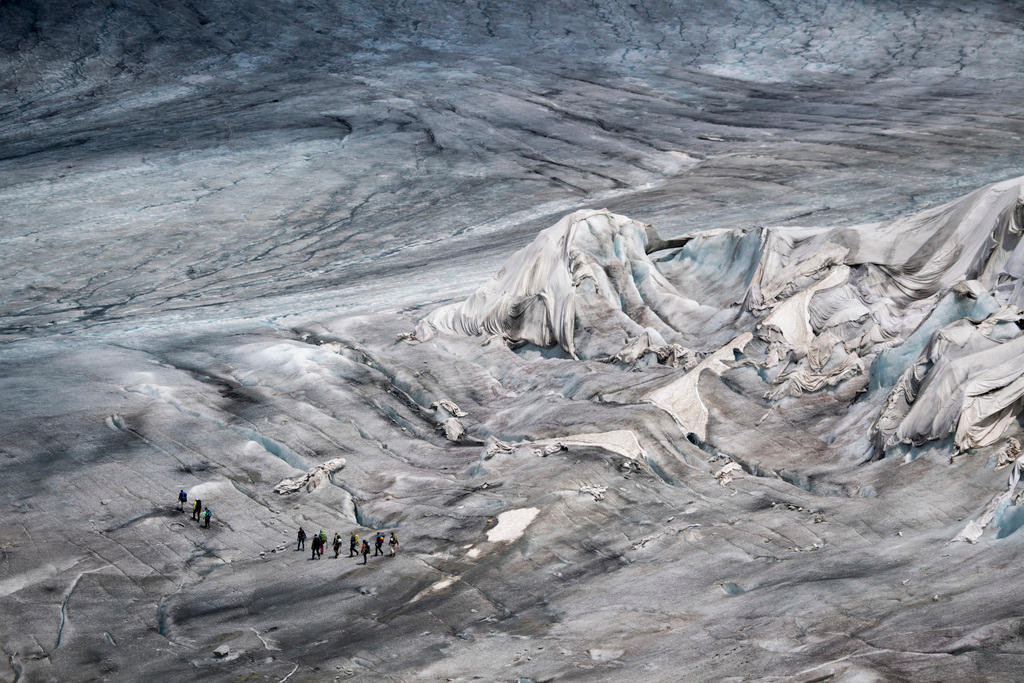
At first glance, Switzerland might seem like an odd location for a summit on polar studies. But as a nation with high mountains, it is part of what researchers refer to as the “third pole” after North and South.
The elongated mountain resort of Davos – better known for hosting the annual World Economic Forum – is vulnerable to avalanches, especially in the wake of climate change. Home to the Federal Institute for Snow and Avalanche ResearchExternal link, Davos is the kind of place with a main street featuring ski shops, traditional hotels, and an engineering firm touting its avalanche protection solutions.
This week the town welcomed 2,200 international scientists and decision makers for the POLAR2018External link conference. It was the first time that mountain researchers were invited to join their polar colleagues for such a summit.
“Climate change is a global problem. The poles and the mountains need to come together, and we as scientists need to join forces,” Michael ZempExternal link, a glaciologist at the University of Zurich, told swissinfo.ch.
Cryosphere: All of the world’s snow, ice, and frozen ground, including permafrost
Glaciology: The scientific study of glaciers, snow and sea ice
Permafrost: Soil or rock that has been at temperatures below freezing for at least two consecutive years.
“The cryosphere is very sensitive to climate change; it demonstrates that it’s happening. This will impact us quite strongly in the form of natural hazards that threaten villages like Davos, in terms of regional water availability, and also in coastal areas that need to worry about water levels rising,” said Zemp, who has served as the director of the World Glacier Monitoring ServiceExternal link since 2010.
From snow to ice
Derived from old Swiss-German referring to “last-year’s snow”, the word “firn” is a common term among those researching the world’s iciest places – whether these are alpine glaciers or ice sheets in Antarctica. But this old snow, which turns into compact ice under the weight of new snow, is melting fast in many places.
Like in the Canadian high Arctic, for example. Laura ThomsonExternal link, a postdoctoral fellow in glaciology at Simon Fraser University in British Columbia, gave a talk in Davos on how Canada’s key glaciers have changed over the past 50 years. White Glacier stands out as the only mountain glacier in the Canadian Arctic, and it also has links back to Switzerland.
“The late Swiss glaciologist Fritz Müller was the first to do this sort of research that I’m doing in the Canadian Arctic,” Thomson told swissinfo.ch. Zemp says it makes perfect sense for polar scientists to take cues from what goes on in the high mountains.
“The poles are so remote, and logistics are difficult. You want to test things close by in a similar environment, with some of the same features and physics,” he said, citing drone technology as an example.
POLAR2018
POLAR2018External link marks the first time since the International Polar Year 2007/2008 that leading organizations in both Arctic and Antarctic research are meeting in one place. Scientists from all over the world are discussing the latest research from the Arctic, Antarctic and high elevation regions and how to shape future research plans.
Organized by the Swiss Federal Institute for Snow and Avalanche ResearchExternal link, POLAR2018 is a joint event of the Scientific Committee on Antarctic ResearchExternal link and the International Arctic Science CommitteeExternal link.
It runs through June 26 in Davos, Switzerland.
Indeed, polar conditions can be so challenging that it pays to get to grips with gear before setting out. Last summer, an aircraft resembling a junior Solar Impulse made the first solar drone flights within the Arctic Circle, where it monitored calving glaciers.
The expedition was led by Guillame JouvetExternal link, who shared his team’s findings in Davos, and told swissinfo.ch about some of the challenges of working in Qaanaaq, Greenland, at 77°N, where the midnight sun made it possible to fly for 13 hours straight.
“You’re extremely north. There’s maybe one plane a week. One shop. One police officer. One doctor. There’s what you need, but only that. Mobile phone service is slow. So it was quite a challenge to bring a very experimental and fragile piece of equipment into such a rough environment – especially when it came to landing,” said Jouvet, a mathematician and glaciologist at the Swiss federal technology institute ETH Zurich.
While the Sun2ice projectExternal link mapped the surface of the glaciers, there’s a lot going on underneath – and this is another area where mountain research can help with polar studies, says physical geography lecturer Neil RossExternal link of Newcastle University.
“I think the best example of where alpine glaciology has impacted polar – or ice sheet glaciology – is the application of knowledge about how water flows beneath mountain glaciers to our understanding of hydrology of the Greenland Ice Sheet,” Ross told swissinfo.ch. As with glaciers, there can be cavities under ice sheets that affect the flow of meltwater, and it’s been useful for polar researchers to apply that knowledge of alpine hydrology.
Political science
“Large parts of Switzerland were formed by glaciers and ice, and these are receding at a frightening pace,” said Stefan Flückiger of the Federal Department of Foreign AffairsExternal link during his opening remarks in Davos. On a lighter note, he quipped that “In Switzerland, the permafrost is above our heads. Switzerland is the ‘vertical’ Arctic nation.” Flückiger, who represents Switzerland in matters concerning the polar regions, helped it become the only non-Arctic member of the Arctic Council. It’s a membership that provides benefits both scientifically and politically.
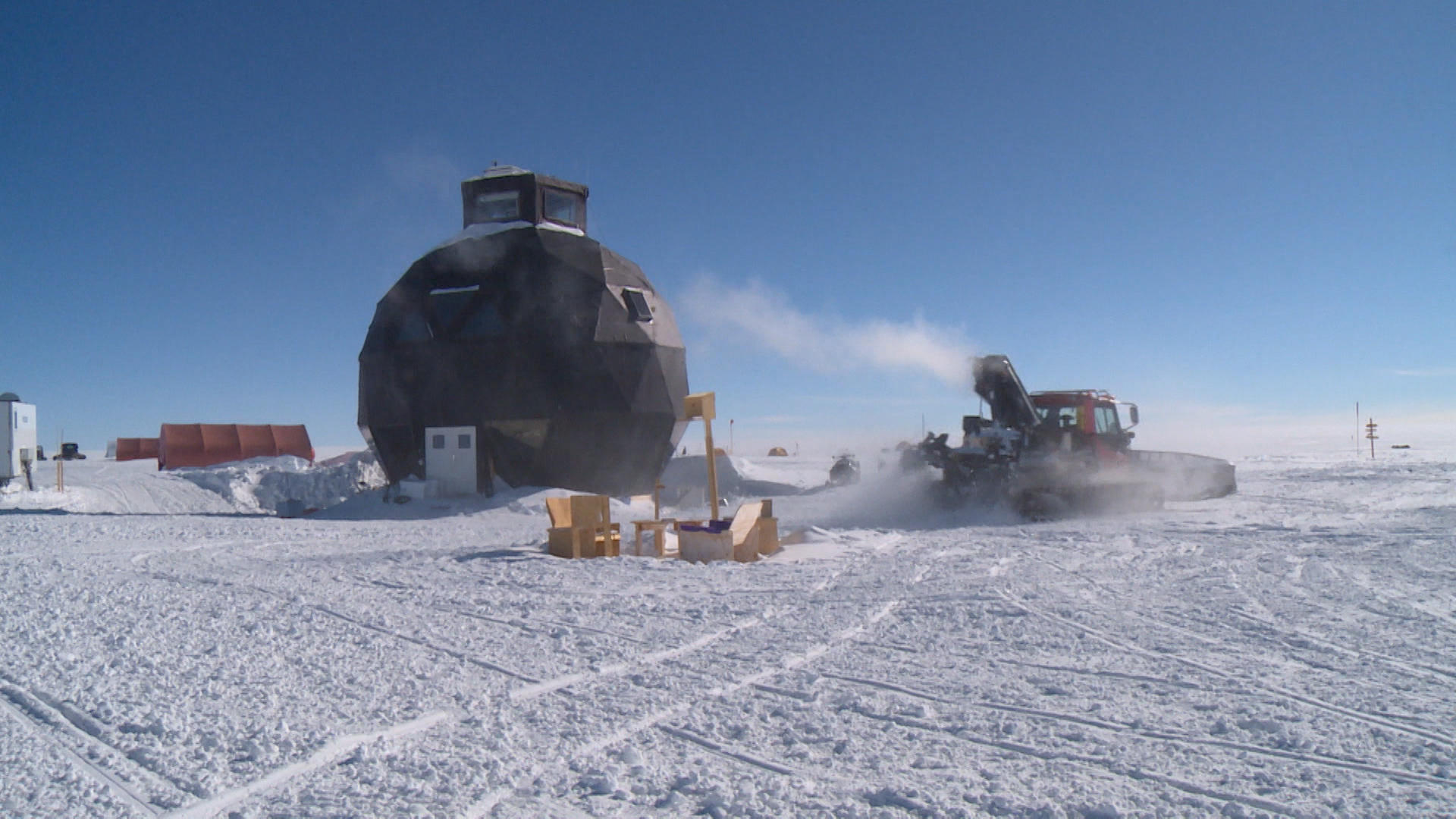
More
Why Switzerland is interested in polar research
Representatives of the Canadian embassyExternal link were also in Davos with a view towards boosting Swiss-Canadian polar collaboration.
“Canada applauds Switzerland’s active engagement in Arctic science and research and we welcome continued strong cooperation between our two countries,” Senior Trade Commissioner Pamela Hay said during her Davos visit with stakeholders from both nations.
Meanwhile, Russian Arctic researcher Maria AnanichevaExternal link of the Institute of Geography in Moscow told swissinfo.ch that she, too, was keen to collaborate with Swiss Alpine scientists.
“With global warming, today it’s possible to draw more comparisons between the Russian Arctic and the Alps,” she said. “The mountain glaciers are more sensitive to the climate than the ice sheets, and you can understand this better in vertical systems.”
Ananicheva, who’s headed to the remote Chukotka Peninsula in August, laments that there isn’t more Russian government interest or funding for research there. “The Russian Arctic is very hard to access and there are so few people there, but it’s quite an important region for fundamental science.”
Swiss Polar Institute
And what about Antarctica? While geography makes it more practical for Swiss scientists to head to the North Pole, there is certainly activity at the South Pole as well.
In 2016, the newly-formed Swiss Polar Institute (SPI)External link launched its first project – the Antarctic Circumnavigation Expedition – a three-month voyage with 60 researchers from 30 countries. As it looks into its next project, SPI also provides funding for polar researchers at all stages of their careers.
In this video, SPI Scientific Director Koni SteffenExternal link tells Susan Misicka about POLAR2018 and the Swiss contribution to polar research.

In compliance with the JTI standards
More: SWI swissinfo.ch certified by the Journalism Trust Initiative










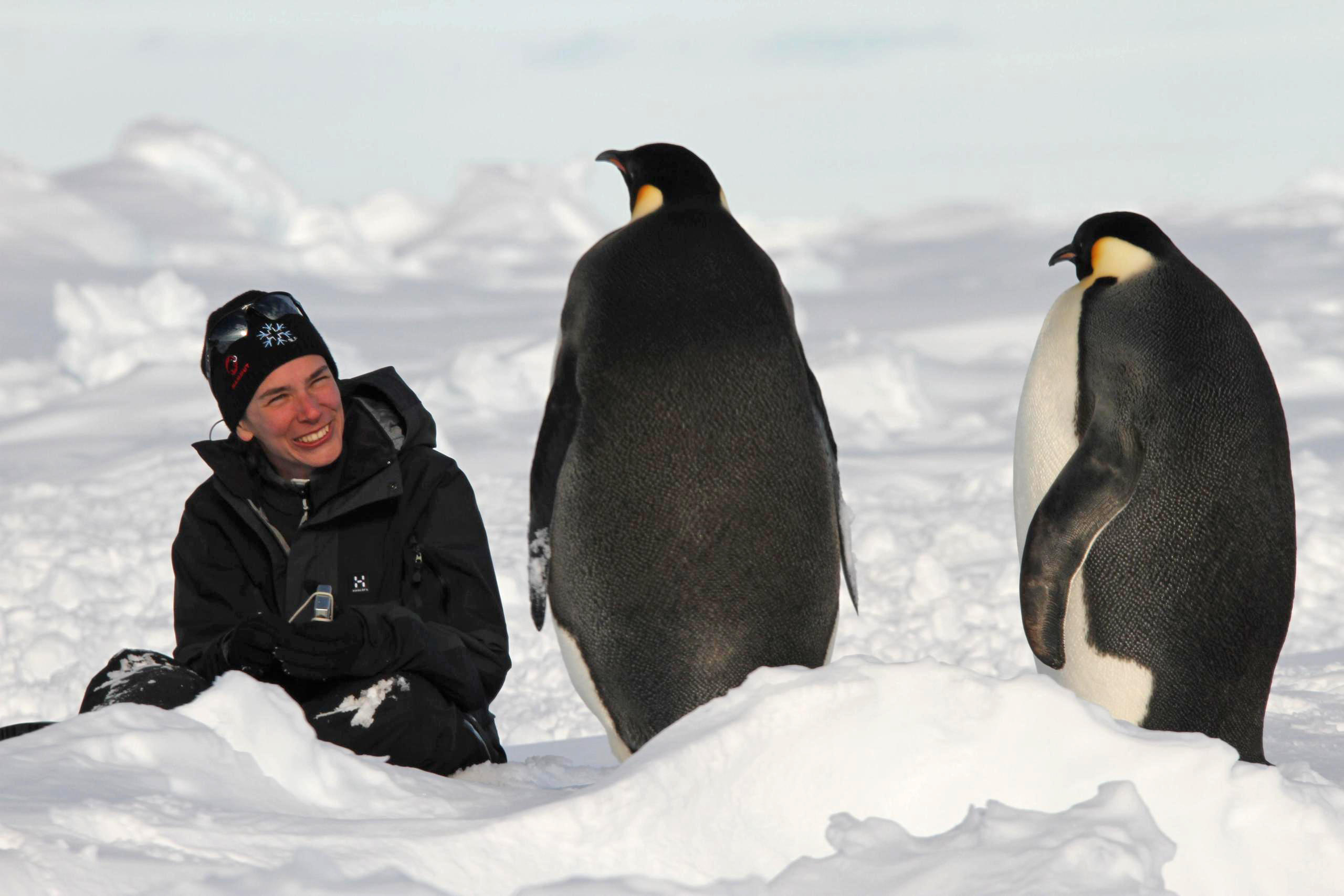
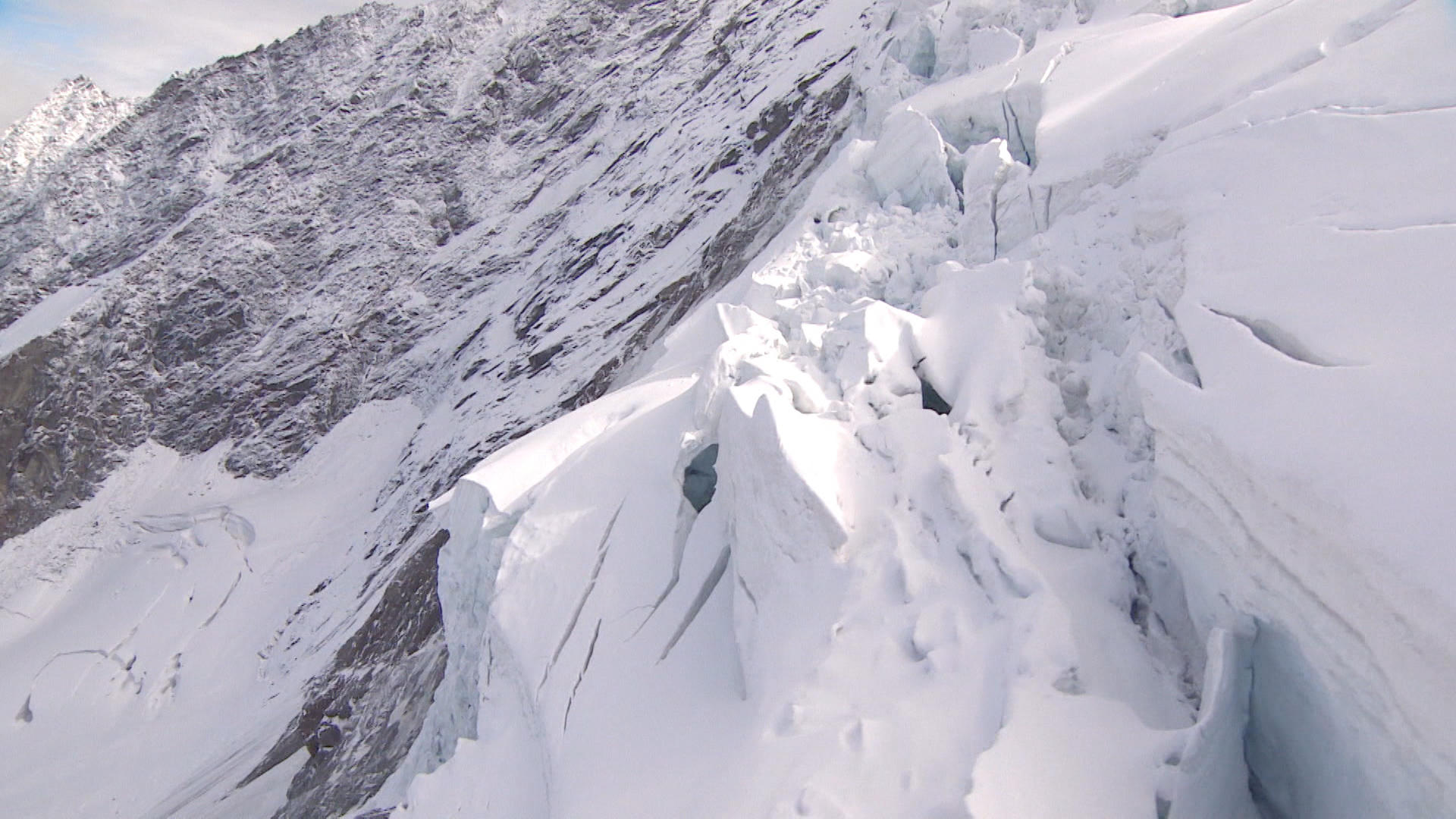
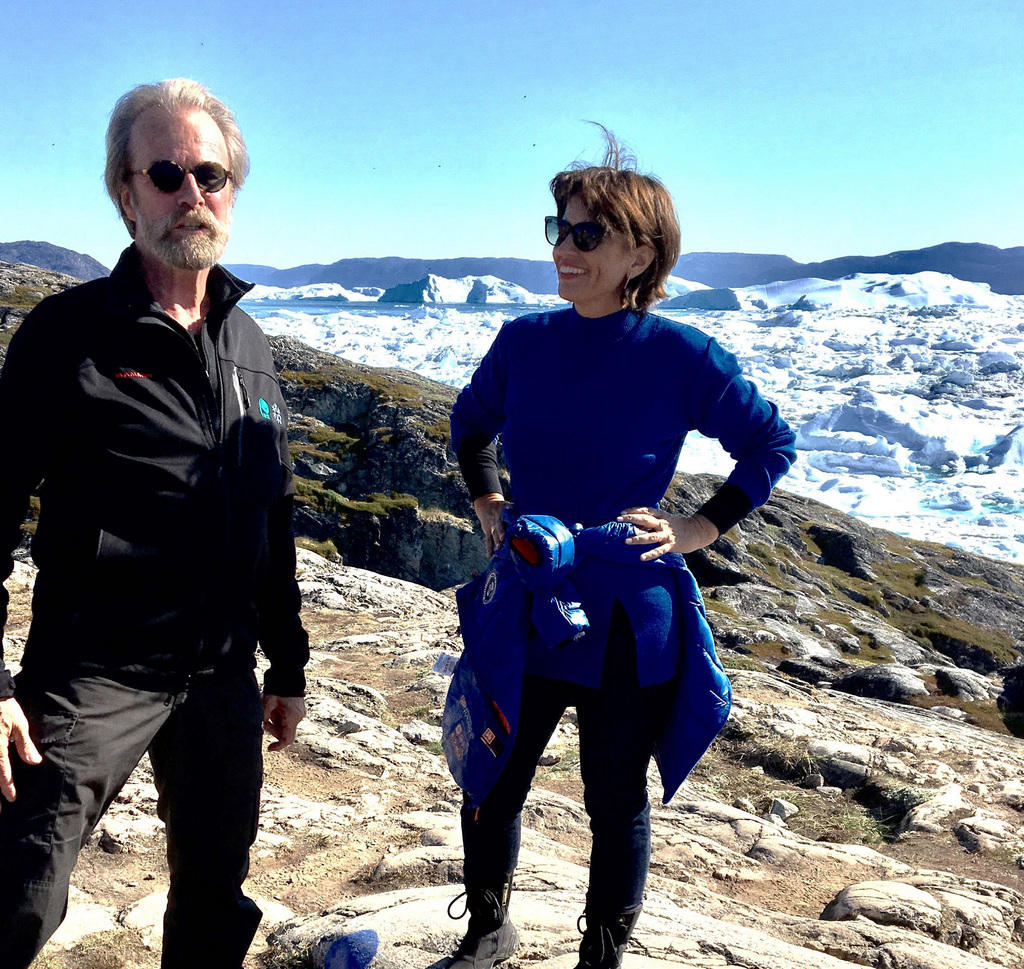




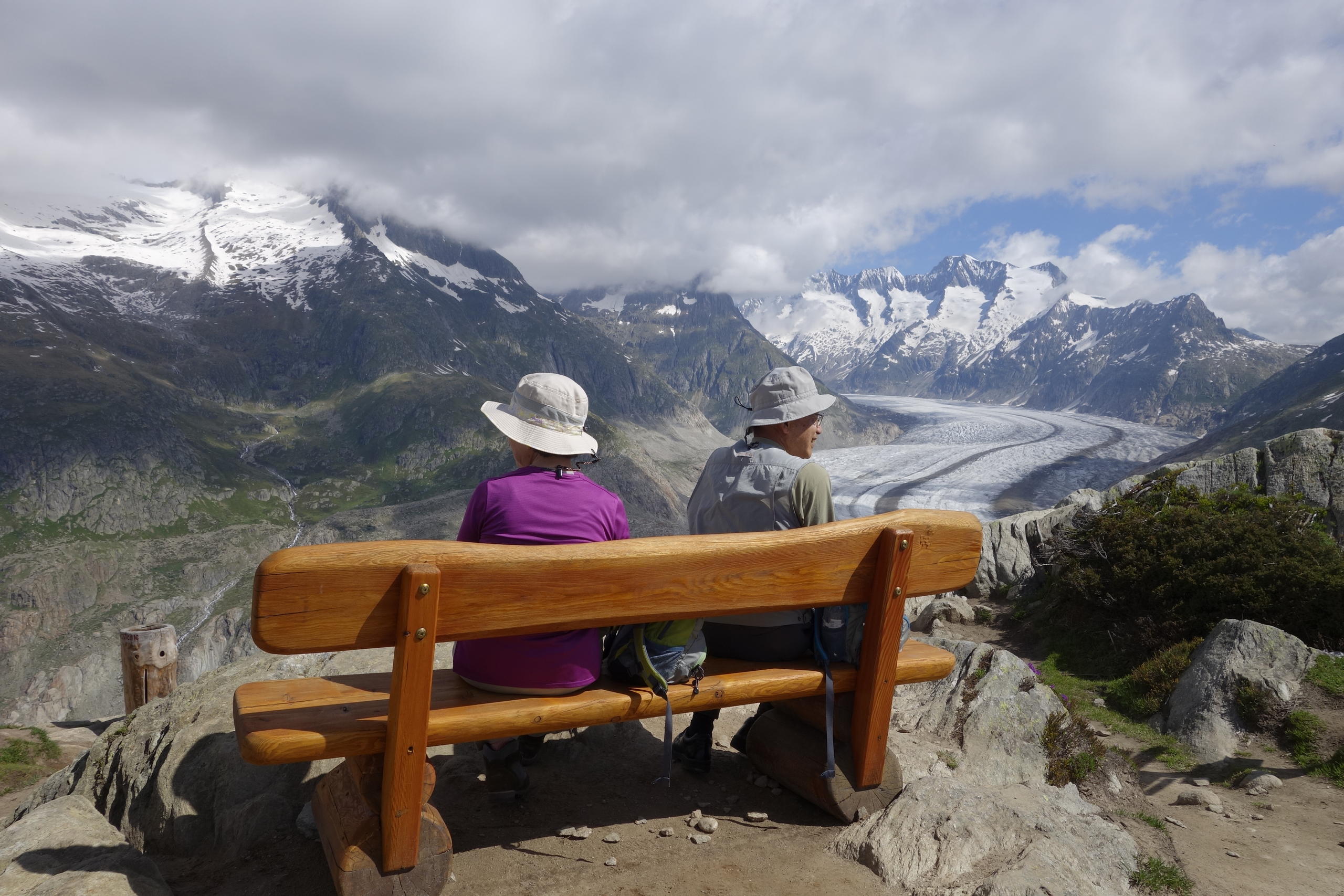

You can find an overview of ongoing debates with our journalists here . Please join us!
If you want to start a conversation about a topic raised in this article or want to report factual errors, email us at english@swissinfo.ch.